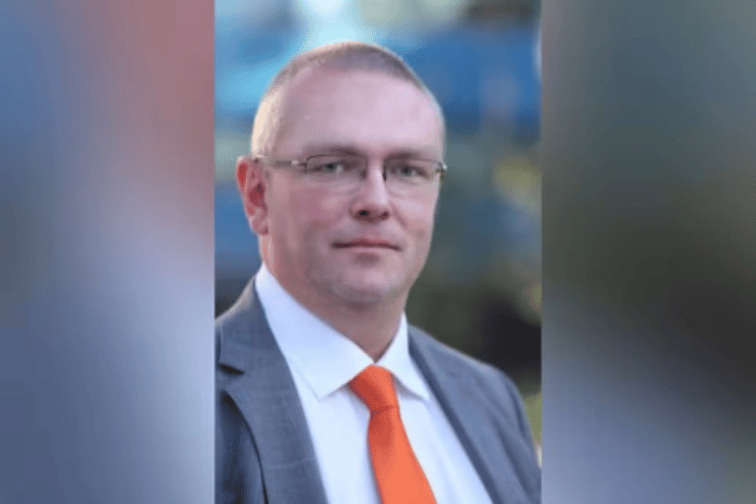

Our friends at the US-based Council of Insurance Agents and Brokers saw their flagship Insurance Leadership Forum return in the fullest of swings last month. The glitterati of the international insurance industry descended on the slightly creepy Broadmoor (I have told them) resort in Colorado Springs for the first time properly since 2019. And your correspondent bravely placed himself in the middle of the melee to bring you news of the hot topics with which our sector is concerned. That was in between watching slightly confusedly as Diana Ross worked through her back catalogue; and meeting Boris Johnson – of which exists photographic evidence in which my face tells rather too much of what I thought of the experience.
Beyond this frippery, two key themes emerged. One was, rather disappointingly, the number of coverholders and producing brokers who told me that they try to avoid bringing business to London because we remain complex and difficult to do business with. We may return to this subject at a later date. The other was a general gnashing of teeth in the aftermath of Hurricane Ian as to whether Florida property would ever be insurable again. And that led inevitably to discussion about the potential need to develop a new public private partnership to provide some form of reinsurance backstop. Or, even more courageously, some form of overhaul of the National Flood Insurance Programme.
However, armed with knowledge gleaned from a ten-minute segment on NBC, I had other ideas. The programme had highlighted how modern sustainable development techniques hugely reduced the risk of hurricane damage. If we are to gather a pool of federal money, why use it to maintain an artificial insurance market? Surely better to use the funds to incentivise building back better. Because the main impediment to people doing that is the cost, but if they did build more resilient homes the private insurance market would return as the risk would be so much better mitigated.
And then, back on home turf and in conversation with my former chair-turned-climate-guru, Richard Dudley, I was provided with the evidence that really makes my case: Babcock Ranch. Babcock Ranch, America’s first solar-powered town, is 12 miles northeast of Fort Myers – and so took the full brunt of Ian. But it is a purpose-built sustainable community. It has a 700-pane solar array just outside the 2,000-person community which provides more electricity than its residents use. The streets are designed to flood so houses won’t. Builders have used native landscaping techniques that both look nice but also control storm waters. And they have buried all the cables. The net result of this inbuilt climate resilience was that the town had not one second of outage during the hurricane – despite 2.6 million people losing power all around it. The only damage was a couple of uprooted trees. The town stood in the way of a category 5 hurricane and barely chipped a toenail. It is living proof that sustainable development could be the future for Florida and for the insurance sector.
The one thing Press reports on Babcock Ranch are pretty coy about is how much it all cost. But I feel confident in asserting that the answer to that question is “quite a lot” and probably out of the reach of a section of civilians. So, I return to my earlier point. Given what it has proven to be possible, surely public money would be best spent subsidising the creation of many more Babcock Ranches than propping up the insurance of legacy properties. It is a classic prevention-not-cure investment decision. And this is not just about public money. How can we as an industry incentivise this sort of sustainable development? Because it is in our interests, too, that these sorts of communities proliferate.
To give some context to this conundrum, take a look at the report the McKell Institute produced for Insurance Commission of Australia. This shows that during 2005–2022, the Australian government spent AU$24 billion on disaster relief but only AU$0.51 billion on building disaster resilience. Which seems sort of, to use the technical term, nuts. Surely, redressing the balance between these two figures could deliver a lower overall total?
So, I returned from Colorado a resilience disciple. It is further proof that our business is risk management consultancy and only, in part, the insurance of risks that can’t be mitigated in better ways. To paraphrase Che Guevara, what we need to build is two, three, a million Babcock Ranches. The future of our industry and the future of society demand it.
